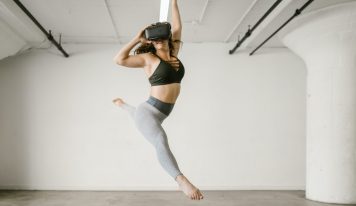Tips for effective real estate ads from Aitarget, Facebook, JagaJam, and Donstroy.
The article was first published on Medium.
In the middle of the March a trio of social media experts held a closed business breakfast in Moscow for digital advertising professionals from real estate firms. Aitarget teamed up with Facebook and JagaJam, as well as real estate developer Donstroy, to share ideas and exchange best practices in social media advertising.
At the business breakfast we discussed formats, creatives, targeting settings, and gave attendees recommendations on how to drive audience attention with developers’ offers on Facebook and Instagram. Our Aitarget team has collected the highlights from the meeting to help you better deliver conversions and purchases through online real estate ads.
We’re moving up in the world, so get in the lift with us. Stand clear, mind the closing doors!

Ground floor: mobile
Yulia Kolesnichenko, Agency Manager for Central and Eastern Europe at Facebook, reminded everyone that the mobile format is a trendsetter for real estate advertising. People do not use aggregators, and ads in newspapers are not as influential as they used to be. Most often people will search for accommodation using a mobile phone. And this trend will keep growing. Within the ten seconds you spent reading this paragraph, about 70 new users around the world started using a smartphone.
Kolesnichenko pointed out that a mobile is the most effective selling tool for developers today, because the mobile and the audience are united. At Aitarget we noticed that about 98% of real estate advertisers’ budget was spent for mobile devices, and that mobile brings to developers up to 99% of leads.
First floor: warehouse
First things first: install a Facebook Pixel on your website to track user actions and optimise.
Choose those Pixel events that fit real estate the most. For example, Search event is suitable for apartment selection and filtering by parameters, while ViewContent shows which exact page was viewed. Lead or Contact are the core events for the “Leave a request” and “Call back” buttons.
If you plan to launch dynamic ads, you need to set several events on one button. Also, there are some must-have events to make your dynamic ads work. For general catalogue use ViewContent, AddToCart, and Purchase, and for special real estate catalogue – Search, ViewContent, InitiateCheckout, and Purchase.

This scheme may suit most developers, but everything depends on your website structure and the options that are available for users
Second floor: targeting
Across its family of platforms, Facebook’s targeting system enables real estate businesses to find suitable customers by family status, income, location in a specific are, and other characteristics that may determine their interest in properties of a certain type (e.g. two-bedroom apartments close to the underground or penthouses with parking).
Yulia Kolesnichenko highlighted the need to take care of people: find those who are interested and suggest to them the type of housing that suits them. If a person looks at a complex that they cannot afford, show them another one with targeted advertising.
The most effective targeting settings for real estate are:
- narrowing a broad audience by interests, locations, demographics, and behaviour;
- using your already available leads, as your clients may become interested in accommodation again (remember that you can look for long-term clients);
- creating Lookalike audiences from your existing customers.

Third floor: first, be dynamic
Aitarget and Facebook both advised that, first and foremost, the breakfast attendees should pay attention to dynamic ads for real estate.With Dynamic Ads, if a user was searching for a single-room apartment on the 20th floor, the algorithm would select an appropriate choice from your catalogue and show it in the ad.
Yulia Kolesnichenko noted that Facebook’s specific dynamic ads for real estate allow businesses to show the layout, location, and type of apartments based on audience needs, so users will be more inclined to leave their contacts.
To set up the dynamic ads, you need a catalogue of your offers in the data feed format supported by Facebook ads. You should include apartments with different layouts, residential projects of different levels, and with various heights and other parameters.

Source: PIK Group, Facebook Success Stories
Daria Vladimirova, Lead Agency Manager at Aitarget, suggested brands adopt two types of dynamic ads: using a specific real estate catalogue, and a general one.
“A special real estate catalogue maximises the relevance of an ad for the users when they are already interested in your offer and are potentially ready to leave their contacts,” said Vladimirova. “With the regular product catalogue, you can increase conversions at earlier stages of the sales funnel. It enables you to use the Collection and Instant Experience formats, providing the audience with more information about your project.”

In Collection, the main creative (photo or video) aligns, for example, with the apartment layouts and brief descriptions that lead to the corresponding page of a website.

A sample of the Collection ad
Instant Experience is a mini landing page within your ad, where you can add images or videos, text blocks and buttons, and layouts pulled up from the catalogue. Finalise it with a lead form.

A sample of the Instant Experience ad
We’ve covered the initial steps of creating ads for real estate, and now we’ll take a short break before heading up to the next floor of real hacks for real estate. Get your ads ready for our further tips on creatives, lead generation, and optimisation.











